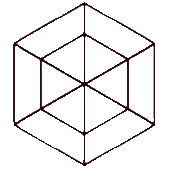KINKED CLASSICISM
Source: Elie During, “Art, Science, and the Nexus”, in The Art of the Real: Visual Studies and New Materialisms, R. Rothman & I. Verstegen.
As far as the issue of totality, or totalization— leaving aside the fantasmatic Whole or set of all sets—, I would be tempted to advocate a peculiar form of classicism, a classicism of a kinked variety. All the ontologies that, from Bergson to Sartre and Deleuze, have tried to place a principle of radical indeterminacy at the heart of being, had to face this problem at some point: in order to be acknowledged and identified, the situs must be set in a global configuration space (a space of situations, an order of places) without thereby abolishing the singularity, the supernumerary character of its local inscription with respect to an overall necessity that can never be assumed in advance—as opposed, say, to the Hegelian figure of processual totality. This problematic requirement is generally expressed in terms of an unstable solution that takes the oxymoronic form of an “open totality”—a totality that is not closed on itself, that is still in the making, hence inseparable from the joint ideas of becoming and contingency. More concretely, one may think of an open totality as being implied by a principle of local connection (what Deleuze calls “disjunctive synthesis”) that never forces us to leave the plane of experience (or “plane of immanence”). If one interprets the situs as a finite or situated perspective on the world, then the basic idea is that every way of representing or conceiving the compositional space of perspectives (“Totality,” “Whole,” or “World”) amounts, in its turn, only to one more such perspective—another extension of the plane itself, rather than a flight from it. William James clearly stated this principle in A Pluralistic Universe. It is indeed the basic tenet of his doctrine of “external relations”. (“Pragmatically interpreted,” James says, “pluralism or the doctrine that [reality] is many means only that the sundry parts of reality may be externally related. Everything you can think of, however vast or inclusive, has on the pluralistic view a genuinely ‘external’ environment of some sort or amount. Things are ‘with’ one another in many ways, but nothing includes everything, or dominates over everything. The word ‘and’ trails along after every sentence. Something always escapes.” (A Pluralistic Universe, p. 321) A perspective being, in the last analysis, merely a bundle of relations ordered by a point of view (not necessarily a subject), it is easy to extend the scheme of the “open totality” to artistic configurations (including the cinematic idea of mobile perspective) as well as scientific configurations (including the notion of a reference frame in relativity theories). However, in order to understand this, further clarification is needed.
James’ famous argument against idealistic monism—the doctrine that ultimately there is in reality only one thing, and that this thing is not material in nature but made of the same stuff as our ideas—assumed a very simple form: not only must the relations between two distinct terms be conceived as external relations, not deducible from the terms themselves, but as a consequence any relation must in its turn be convertible into some local experience. In short, every relation in experience is also an experience of relation; every experiential relation is a relational experience (A Pluralistic Universe, p. 279-280). The point is that such an experience necessarily brings with it an additional term, the point of view of a third party, which therefore amounts to a new extension of the plane of experience, rather than a “geometral” (or flat) overview of the situation as a whole. For there is no perspective attached to that global configuration space. One may well conceive of a space comprehending all relations, but to assume that such a space is real evidently amounts once again to collapsing all relations unto internal relations—internal this time, to a Whole of relations, a Whole given in one piece, so to speak, for all eternity. This is a speculative fable. Against the dream of a mathesis universalis, James asserts that experience never closes itself, that “something always escapes.” Radical empiricism comes at that price. However, giving up the Whole in that sense does not necessarily amount to relinquishing the concern for the global. Achieving some form of totalization remains a valid task for the metaphysician, provided he is ready to trade the traditional forms of classicism—the acknowledgement of totality as a problem—against an open, relativized, framework.
Granted, every experiential relation may be converted into a relational experience, every combining of perspectives yields a new perspective. This intuition inherited from James is more generally characteristic of the second wave of philosophical modernity inaugurated by Marx, Darwin, Freud, and Nietzsche. It more or less secretly stimulates the thinking of Lévi-Strauss, Deleuze, and more recently Latour. It is still apparent in those who struggle with the internal difficulties of the anti-metaphysical orientation attached to James’ original formulation, an orientation that is still apparent in Deleuze despite his unfailing attachment to metaphysics (reaffirmed in the famous statement: “I feel like a pure metaphysician…”). Meditating on this situation, some philosophers—Badiou, first and foremost—were led to forswear any oblique reference to a totality and contemplate instead the pure multiple as the basis of all ontology—a non-totalizable multiple of multiples. My contention, on the other hand, is that there is some room for an updated form of classicism, one that still entertains the idea of totality as an overall scheme for the coexistence of things, without clinging to the idea that coexistence only comes in one shade.
Links
︎ egs.edu/biography/elie-during ︎ parisnanterre.fr/m-elie-during--697698.kjsp
From the same writer
T.00_ED_TEXTUAL HOLOGRAM: PRESENTATION T.01_ED_FOLDS AND PIXELS T.02_ED_DIGITAL SUBLIME T.03_ED_MATHEMATICAL SUBLIME T.04_ED_IMMANENT SUBLIME T.05_ED_NEXUS T.06_ED_KINKED CLASSICISM T.07_ED_LOOSE COEXISTENCE T.08_ED_FLOATING TIME T.09_ED_FLOATING SPACE T.10_ED_RETRO-FUTURES T.11_ED_EXITING VIRTUAL REALITY T.12_ED_BULLET TIME T.13_ED_GHOST TIME T.14_ED_SUBLIMINAL TIME T.15_ED_DIAGRAMS OF COEXISTENCE T.16_ED_VOLUME-IMAGE T.17_ED_VERTICAL TIME T.18_ED_TURNING MOVEMENTS T.19_ED_SUPERTIME T.20_ED_PROTOTYPE T.21_ED_ZERO-G ARCHITECTURE T.22_ED_SHOCK SPACE T.23_ED_TRANSPARENCY






